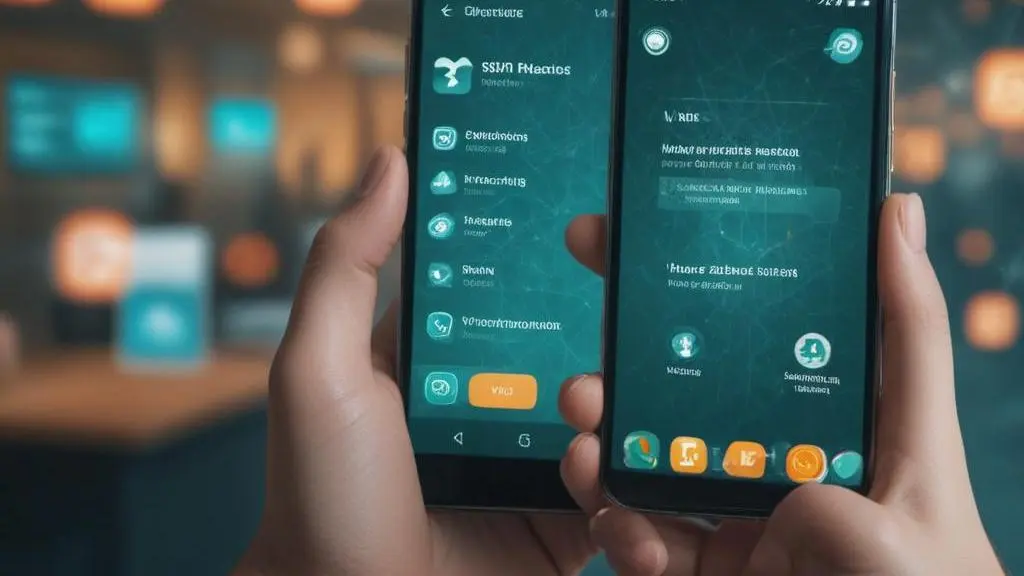Smishing, or SMS phishing, is a growing threat in digital security. As more people rely on mobile devices for communication and transactions, understanding and preventing smishing attacks is crucial.
What is Smishing
Smishing is a deceptive cybercrime that uses SMS or text messages. Its core purpose is to trick individuals into divulging personal information. Unlike traditional email phishing, smishing specifically targets mobile devices. This makes it a significant threat in today’s interconnected world, where mobile communication is constant. Attackers craft messages with content designed to evoke urgency or strong curiosity. These texts often contain malicious links, prompting immediate clicks. Sometimes, they direct victims to call fraudulent numbers. The ultimate aim is to harvest sensitive data. This includes account credentials or financial details. Attackers exploit trust and urgency to achieve this. Understanding this mechanism is the first step towards identifying and avoiding such attacks.
Identifying Smishing Attacks
Identifying smishing attacks demands careful observation. Attackers often employ urgent language to prompt hasty actions. Messages might threaten account closures or impending fines, aiming to create panic and bypass critical thinking. Always scrutinize the unfamiliar sender; unknown numbers or names are clear warning signs. Even if a sender appears legitimate, cross-reference their details carefully. Be highly cautious of suspicious links embedded in these messages. Previewing a link (if possible) or checking the full URL can reveal a redirect to an unfamiliar or malicious website. Legitimate organizations seldom request sensitive data like passwords or credit card numbers via unsolicited SMS. Such requests for personal information are a primary indicator of a malicious attempt. Remaining vigilant is key to protecting your personal data from these threats.
Preventing Smishing Attacks
Preventing smishing attacks requires consistent vigilance. Never click on links from unknown or suspicious senders. These links frequently lead to harmful websites. Always verify message authenticity. Contact the sending organization directly via their official channels, not using details from the text. Keep your mobile device operating system and applications updated. Deploy reputable security software for added protection. Exercise extreme caution with messages asking for personal data, such as passwords or banking information. Legitimate entities seldom request such sensitive details via SMS. Building robust digital defenses involves layered security measures. Such strong defenses are essential for safeguarding your information. Explore infrastructure security strategies for more insights.
What to Do If You Fall Victim to Smishing
If you become a victim of smishing, prompt and decisive action is crucial to minimize harm. Immediately change all passwords for any compromised accounts, including banking, email, and social media. Actively monitor your financial statements and credit reports for suspicious transactions. Report the incident directly to your mobile carrier to block fraudulent numbers and prevent SIM swaps. Inform your banks and other financial institutions without delay; they can freeze accounts or dispute fraudulent charges. Contact law enforcement if identity theft or significant financial loss occurs, aiding criminal investigations. We offer comprehensive security and audit services to help you recover and strengthen your digital defenses. Sign up now to secure your digital presence. Learn more about robust cybersecurity audit management.
Final words
Smishing is a serious threat that can be mitigated with awareness and proactive measures. By understanding the signs, taking preventive actions, and knowing what to do if you fall victim, you can protect yourself from these cyber threats. Our IT infrastructure installation, commissioning, security, and audit services, as well as website setup and management, can provide the comprehensive support you need to stay secure.












Leave a Reply